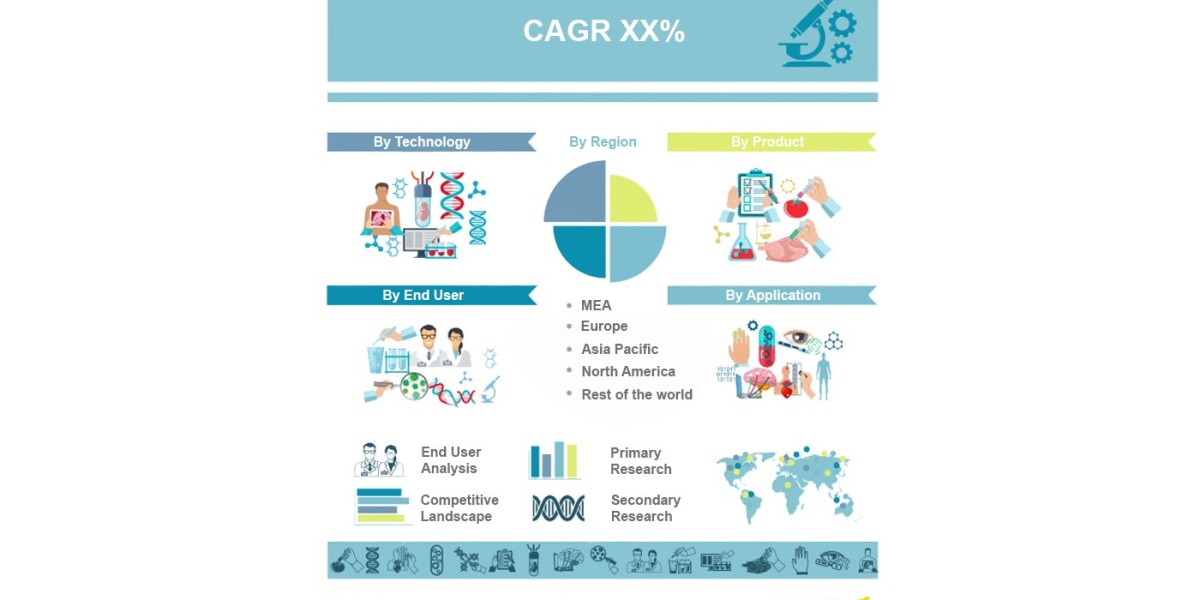The Indian retail market has seen exponential growth over the past decade, driven by the country’s rising middle class, increased consumer spending, and rapid urbanization. As one of the largest retail markets in the world, India presents numerous opportunities for both domestic and international retailers. This article will explore the key drivers, trends, challenges, and future outlook for India’s retail sector.
Overview of the Indian Retail Market
India’s retail market is one of the fastest-growing in the world, expected to reach $1.5 trillion by 2030. The sector contributes approximately 10% of the country’s GDP and employs over 35 million people, making it a crucial part of the Indian economy. The market is highly fragmented, with traditional unorganized retail, such as local kirana stores, accounting for about 88% of the market. However, organized retail has been rapidly expanding, driven by an increase in modern trade formats such as malls, supermarkets, and online retail.
Key Growth Drivers
Rising Disposable Income: The growth of India’s middle class, which is expected to constitute over 50% of the population by 2030, has led to increased spending on consumer goods and services. This shift is fueling demand across various retail segments, including apparel, electronics, and luxury goods.
E-commerce Boom: The rise of internet penetration, smartphone usage, and digital payment infrastructure has transformed India’s retail landscape. The e-commerce market in India is expected to grow at a compound annual growth rate (CAGR) of 19.5% from 2021 to 2030. Major players like Amazon, Flipkart, and Reliance Retail are leveraging technology to capture a larger share of the market.
Urbanization and Infrastructure Development: Rapid urbanization has created a favorable environment for organized retail. The development of shopping malls, retail chains, and modern trade formats in urban areas has been a key driver of organized retail growth.
Government Initiatives: The Indian government’s policies have been instrumental in driving retail sector growth. Foreign Direct Investment (FDI) in multi-brand retail is allowed up to 51%, while single-brand retail can have 100% FDI, which has encouraged global brands like IKEA, H&M, and Apple to establish a strong presence in the country.
Retail Market Segmentation
Apparel and Lifestyle: India’s fashion and lifestyle segment is booming, with a high demand for branded and premium products. International fashion brands and homegrown labels are expanding rapidly, both online and offline.
Food and Grocery: This is the largest retail segment, accounting for 60-65% of the overall market. Organized retail has a small share in this segment, but it is growing as consumers increasingly seek convenience through supermarkets and online grocery platforms like BigBasket and Grofers.
Electronics and Appliances: With the rise in disposable incomes, the demand for smartphones, home appliances, and electronics has surged. E-commerce platforms have played a pivotal role in this segment’s growth, providing consumers with easy access to the latest gadgets and competitive pricing.
Beauty and Personal Care: The beauty and personal care segment is gaining momentum, with increasing consumer awareness around wellness and grooming. Both domestic brands and international players are capitalizing on this growing demand.
Challenges in the Indian Retail Market
While the retail market in India holds immense potential, it also faces several challenges:
High Competition in Unorganized Sector: The dominance of unorganized retail, such as local kirana stores, remains a challenge for organized retailers. These traditional retailers offer personalized services, credit, and home deliveries, making it difficult for organized players to penetrate deeper into rural markets.
Regulatory Hurdles: The retail sector, especially e-commerce, faces complex regulations that vary by state. Compliance with the Goods and Services Tax (GST), FDI rules, and local taxes can be cumbersome for foreign retailers.
Supply Chain and Infrastructure Bottlenecks: Inefficient logistics and infrastructure remain a challenge, particularly for online retailers and companies looking to expand in rural areas. High operational costs and poor last-mile connectivity can impact profitability.
Changing Consumer Preferences: As consumers become more price-conscious and value-driven, retailers need to adapt to changing preferences. Offering competitive pricing, fast deliveries, and personalized experiences are critical for retaining customers in this competitive landscape.
Future Trends and Opportunities
Omnichannel Retailing: The convergence of offline and online channels is becoming a significant trend in the Indian retail sector. Retailers are focusing on providing a seamless customer experience through an omnichannel approach, integrating physical stores, mobile apps, and websites.
Sustainable and Ethical Retail: As awareness around sustainability and ethical practices grows, Indian consumers are increasingly choosing eco-friendly brands. Retailers are responding by offering organic, sustainable products and adopting greener supply chains.
Tier II and III Cities: While metros have traditionally been the hub for organized retail, there is immense potential in Tier II and III cities, which are experiencing rapid urbanization. Retailers are increasingly expanding to these regions to tap into the growing consumer base.
Digital Transformation: The integration of technologies like AI, machine learning, and big data is transforming the retail landscape. Retailers are using these technologies to analyze consumer behavior, offer personalized recommendations, and enhance the overall shopping experience.
Buy Full Report for More Insights into the India Retail Market Revenue







